Creating a student magazine is a great way to entertain others or raise awareness about issues you deem to be important. So often the voices of young people like us are ignored and disregarded so making a magazine for students as a student would give people importance and help them feel seen! But how do you create a magazine? My name is Kiswa Akhtar and as lead writer of my school's ECS Empower Magazine, I can help you! After reading this simple step-by-step guide, you could be on your way to publishing your student magazine!
1) Know what you want
There are so many things you and other students from your school might be passionate about, but what do you genuinely want to release to your student community? This can be a hard question to answer, so I recommend asking yourself:
What are you good at?
What do you know a lot about?
Have you decided your magazine's specifics? How do you want it to look? Is its purpose to educate or entertain?
Will you stay committed to releasing content on the topic you've chosen?
2) Form a group – and get a teacher on board!
Making a magazine is an exciting process, and seeing your work come together is so meaningful, but magazine-making by yourself can be time-consuming and difficult. This can be avoided by recruiting like-minded individuals who show an interest in your magazine!
When you have more hands on deck, your magazine is produced to a better standard because everyone has played to their strengths (more on this below). It also means that your magazine is produced faster! But how do you form a group?
First, communicate important issues and goals you thought of when considering your magazine's specifics in the previous step. It is important to share your priorities since misunderstandings about priorities in a group could mean conflicts when you're working. Look for people who want to help with the magazine AND agree with your vision and are willing to help make it happen!
Having a teacher on board is helpful too. Teachers can help develop ideas and can give us genuine constructive feedback. In schools, teachers are also more powerful than students. Therefore, they can help spread the word and network with exterior organisations and further the magazine more than a student (or a group of students) could alone!
3) Focus your efforts on tasks that complement your abilities –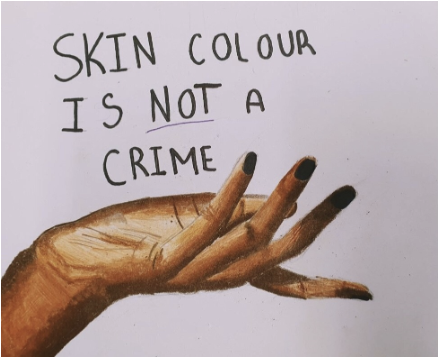 and encourage other group members to do the same
and encourage other group members to do the same
We cannot be good at everything, but we can be good at a few things. I wrote and researched for the ECS Empower Magazine because I'm good at those particular things. If I drew for the magazine instead of writing... um, let's just say readers' eyes might've hurt a bit!
When you and other members of the group do what they are good at, the work they do is done with more passion so the outcome is more fulfilling and superior. This is why the illustrations on the right are so amazing! I left the big visual elements to our graphic designer, my peer Testimony Olumotori who can outdo me in art on any day!
If you know a teacher whose expertise can help further your magazine, get them involved too!
4) Tailor the magazine to your target audience through research and feedback
To ensure your magazine serves as many people as possible, conduct some research to find out what your target student community wants – or needs – to know (if you want your magazine to be educational). I recommend sending out online questionnaires since it is easier to record results and analyse data digitally as compared to doing the same thing from sheets of paper. It also happens to be more eco-friendly!
Once you have the answers you need, use them to your advantage. For example, ECS Empower Magazine's lead teacher sent out a student voice survey that found that 53% of respondents did not know what 'allyship' meant. So, my school's BLM Ambassadors group decided that a magazine page on allyship was essential to our first edition, and I was lucky enough to write this page!
Also, make sure to get feedback throughout the process of making your magazine. Making small amendments throughout the writing, drawing, illustrating (etc.) elements of your magazine is a lot easier than having to fix big problems that have mounted up at the end.
Feedback also means that, like your research, your magazine can represent and serve as many people as possible. The ECS Empower Magazine focuses on race and antiracism. Since I'm of South Asian descent, I don't know what it is like to be a person of a different race, but because the magazine was for people of all races, I had to ask people of other races for their perspective. Getting feedback can be a bit intimidating, especially if the topics you are discussing are sensitive. I was able to do it, however, and you should go for it too!
As the magazine develops, you will become more and more educated about your audience, and so the magazine will get better and better!
Kiswa Akhtar is a contributor to ECS Empower. To find out more about the magazine, and hear from other young people who worked on it, follow this link.


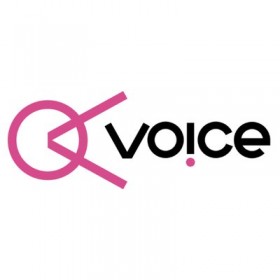
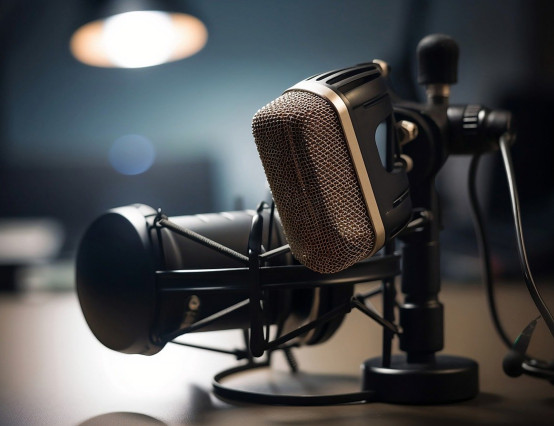


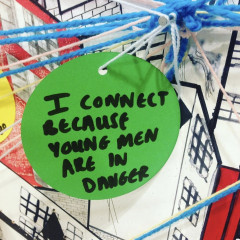

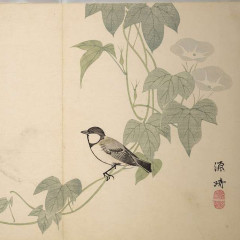
0 Comments